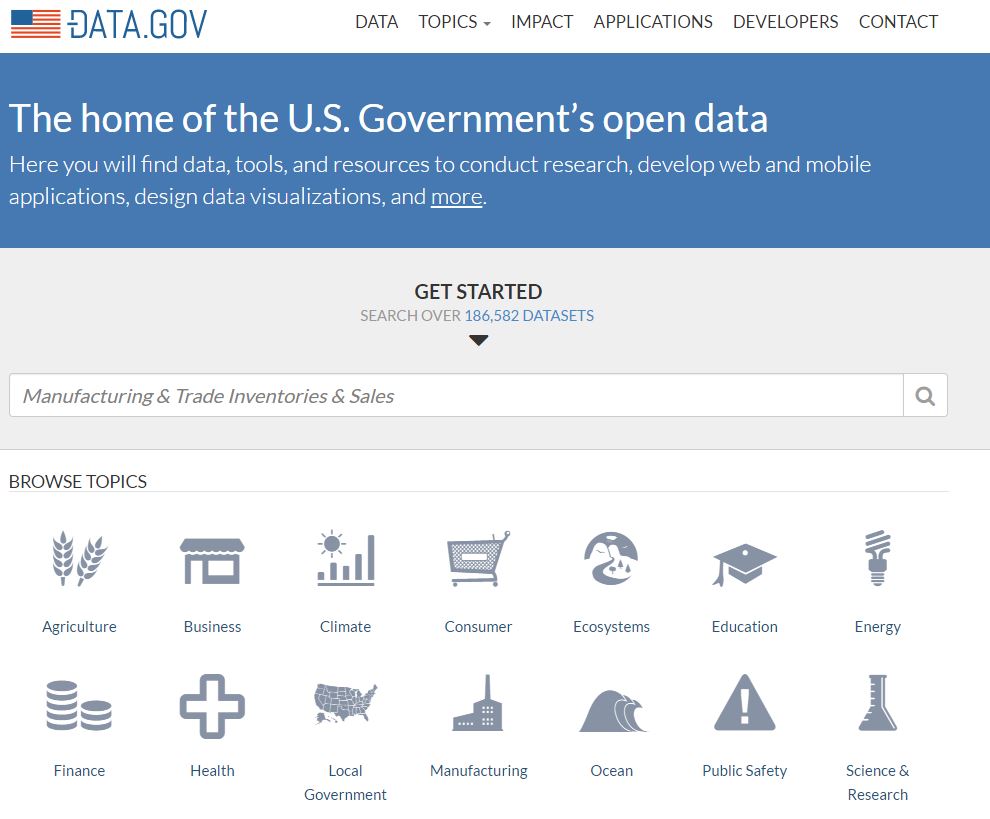The idea of sharing information for the common public good, or what we now call open data, goes back centuries. Possibly the earliest example of open data is the public library. Libraries have been the standard of information sharing for centuries, but in today’s digital age we have much better ways to use and improve data. The United States government has made substantial efforts to standardize and organize datasets and release them online for public use. President Obama signed an executive order on May 9, 2013 to make government data more useful and easily accessible. We at RedZone use open data to assist our disaster intelligence operations, and would like to share some exciting new ways other businesses are making good use of open data.
Past Problems with Sharing Open Data
Historically, agencies are independently responsible for the collection, management, and organization of the data they collect. Naturally, many different conventions were developed which made the sharing and combining of data from different agencies extremely difficult and time consuming. Also, agencies were doing redundant work by individually storing and managing their databases. The latest attempt to resolve these issues led to the development of Project Open Data. The Obama Administration launched Project Open Data to determine and implement best practices for data collection, management, organization, and sharing. It encourages collaboration between different agencies and public experts, and will continue to evolve as data management technologies improve. Data.gov is the public website for accessing this data within the new system of guidelines.
Data.gov as the Attempted Solution
Data.gov is the new data center for the various online data warehouses supported by the government. Specifically, it allocates open datasets from local, state, and federal governments in a standardized, searchable database. Users can download a myriad of datasets ranging from weather and climate data, to business analytics and census data. Many agencies are in the process of migrating their legacy datasets over to this new system. There is even a process for universities and research foundations to add their own datasets, as long as they meet certain guidelines. The goal of this system is to improve the access and standardization of the data, which will then allow new and existing businesses to create better products by leveraging the utility of existing data.

Data.gov Homepage
The internet has made cataloging and sharing information much easier and cheaper. Universities, research organizations, and private businesses are now finding new ways to use this public data and add value to it. Let’s look into some common uses of these open data assets.
Current Common Uses
- Disaster Intelligence – Open data helps to better predict, prevent, respond to, and recover from natural and man-made disasters.
- Financial Data – Population and business census data provides valuable information for financial institutions to make decisions related to risk analysis, business loans, and marketing opportunities.
- Geospatial and GPS data – Mapping, surveying, navigation, drone usage, image mosaicking and many other new and exciting uses are bringing unheralded opportunities to businesses.
- Transit – From transit delay notifications to autonomous vehicles, open data is helping companies develop the future of transit.
- Information Services – Cloud computing, network security, and data management can all be improved by adopting guidelines and conventions used in Project Open Data.
- Tourism – Shared datasets help travelers plan better and stay safe while visiting destinations domestically and abroad.
Many other uses will be implemented that have not even been imagined yet. Technology is fast-moving, and with better access and sharing, talented entrepreneurs will create even more useful and exciting products for all of us to enjoy.



